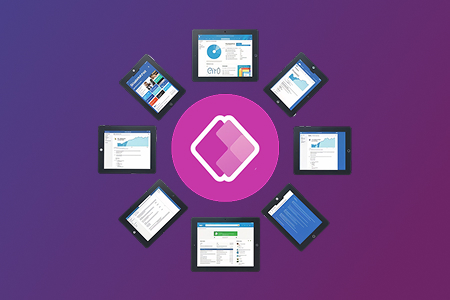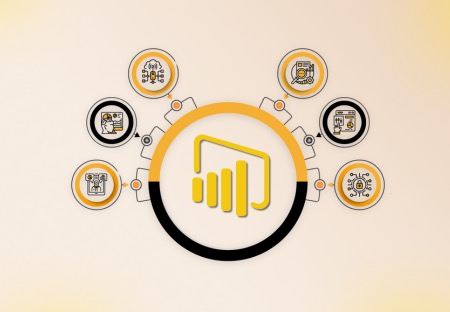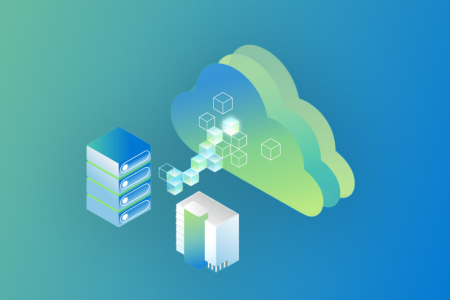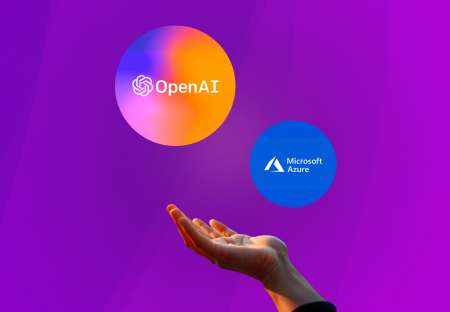The adoption of cloud computing has transformed the way businesses operate, enabling greater scalability, flexibility, and cost-efficiency. Cloud service models, such as Infrastructure as a Service (IaaS), Platform as a Service (PaaS), and Software as a Service (SaaS), form the backbone of cloud technology. Understanding these service models is crucial for making informed decisions about cloud adoption. In this comprehensive guide, we’ll demystify IaaS, PaaS, and SaaS, explaining how they work, their benefits, and when to choose one over the other.
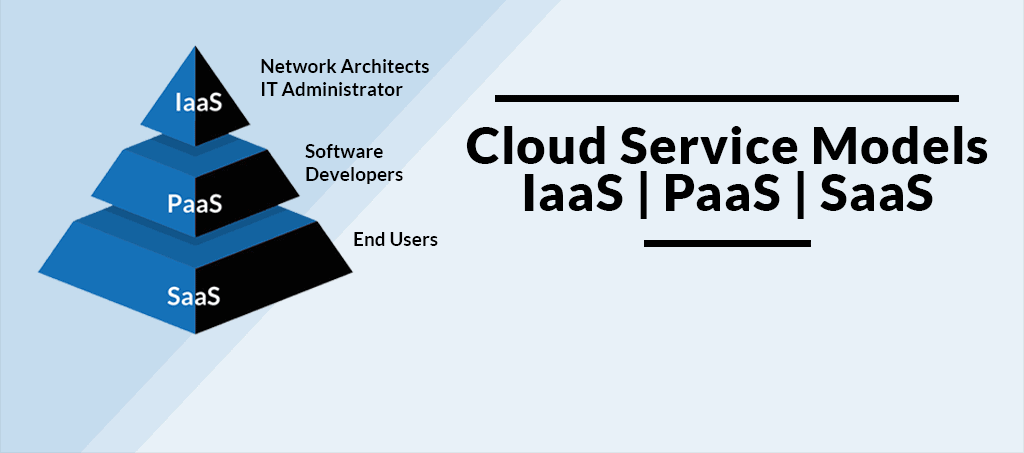
Infrastructure as a Service (IaaS) in cloud service models
IaaS represents the foundation of cloud computing. It offers virtualized computing resources over the internet. With IaaS, businesses can access and manage virtualized hardware, including servers, storage, and networking components. Here’s a closer look at IaaS:
Key Features of IaaS:
On-demand resources: IaaS providers offer a pay-as-you-go model, allowing businesses to scale resources up or down as needed.
Virtualization: IaaS leverages virtualization technology to provide flexibility and resource isolation.
Self-service: Users can provision, manage, and monitor resources through a web-based interface.
Use Cases:
Development and Testing: IaaS is ideal for creating and testing applications without the need to invest in physical infrastructure.
Website Hosting: Many websites are hosted on IaaS platforms due to their scalability and reliability.
Benefits:
Cost-Efficiency: IaaS reduces the need for capital expenses, making it a cost-effective solution.
Scalability: Resources can be easily adjusted to accommodate changing workloads.
Disaster Recovery: IaaS providers often include disaster recovery options, enhancing data security.
Considerations:
Managing Resources: Users are responsible for managing their virtual infrastructure.
Security: While providers ensure physical security, users must address data security concerns.
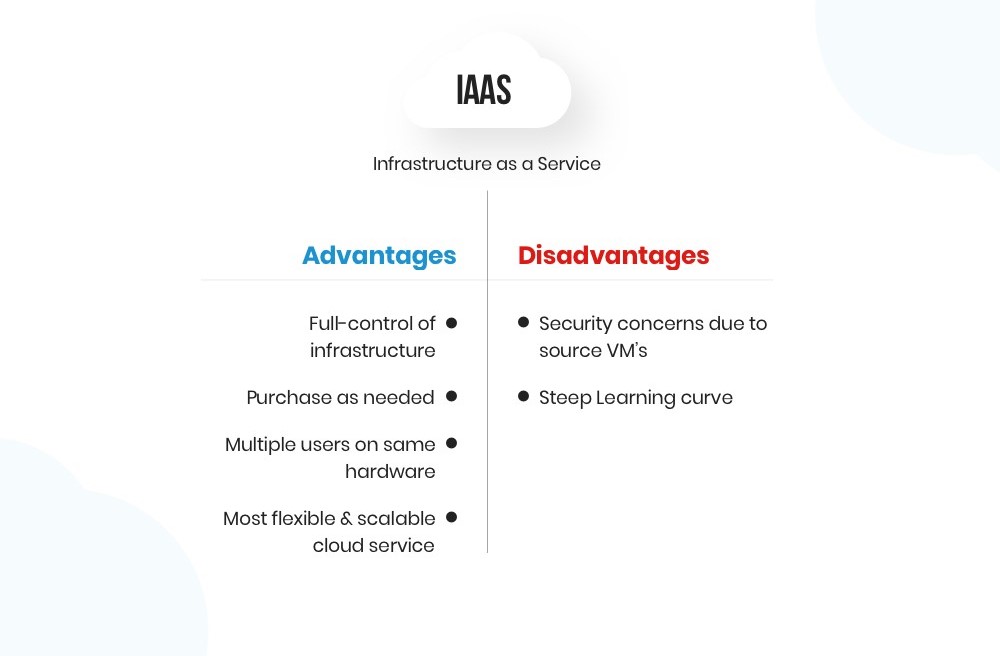
Platform as a Service (PaaS)
PaaS builds upon the foundation of IaaS by offering a comprehensive platform for application development and deployment. It provides a framework for developers to build, test, and deploy applications without concerning themselves with the underlying infrastructure. Here’s what you need to know about PaaS:
Key Features of PaaS:
Development Tools: PaaS offers a suite of tools, including development frameworks and databases.
Simplified Deployment: Developers can focus on writing code, while the PaaS provider handles deployment, scaling, and management.
Use Cases:
Application Development:
PaaS is ideal for creating web and mobile applications.
Continuous Integration/Continuous Deployment (CI/CD): Developers can automate the software development process using PaaS.
Benefits:
Streamlined Development: PaaS accelerates development cycles, reducing time-to-market.
Reduced Infrastructure Management: Users can focus on coding, not server maintenance.
Cost Savings: PaaS eliminates the need to invest in and maintain infrastructure.
Considerations:
Limited Control: While PaaS simplifies development, it may limit control over the underlying infrastructure.
Compatibility: Developers must ensure that their applications are compatible with the PaaS environment.

Software as a Service (SaaS)
SaaS represents the user-facing aspect of cloud computing. It delivers software applications over the internet, eliminating the need for local installation and maintenance. Users access SaaS applications through a web browser, and all aspects of software management are handled by the provider. Let’s delve into the world of SaaS:
Key Features of SaaS:
Accessibility: SaaS applications are accessible from any internet-enabled device.
Automatic Updates: Providers manage updates and patches, ensuring users always have the latest version.
Use Cases:
Email and Collaboration Tools: SaaS solutions like Google Workspace and Microsoft 365 are popular for email and productivity.
Customer Relationship Management (CRM): Salesforce is a prime example of a SaaS CRM platform.
Benefits:
Accessibility: SaaS applications are available to users anywhere, anytime.
Maintenance-Free: Users don’t need to worry about software maintenance, updates, or security patches.
Scalability: Organizations can easily adjust the number of subscriptions as their needs change.
Considerations:
Limited Customization: SaaS applications may offer less customization compared to on-premises solutions.
Data Security: Organizations should consider data security and privacy in a SaaS environment.
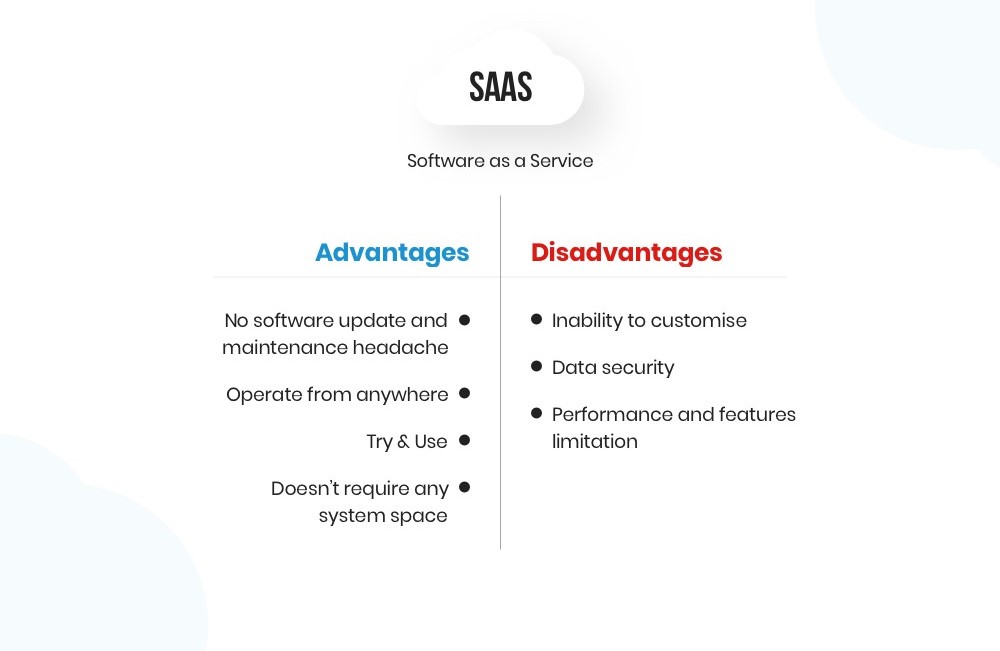
Choosing the Right Cloud Service Model
Selecting the appropriate cloud service model depends on your organization’s specific needs and goals:
If you require control over your infrastructure and need flexibility to build and manage virtual machines, IaaS might be your choice.
For developers focused on creating and deploying applications without managing the underlying platform, PaaS is a logical selection.
When your primary goal is leveraging software applications without the hassle of installation or maintenance, SaaS provides a user-friendly approach.
Conclusion
IaaS, PaaS, and SaaS are the pillars of cloud computing, each offering a unique set of benefits and use cases. By understanding these cloud service models, businesses can make informed decisions about how to leverage cloud technology effectively. Whether it’s infrastructure, platform, or software, the cloud has transformed the way we approach IT solutions and consulting in the modern digital landscape. Embracing these models empowers organizations to scale, innovate, and remain competitive .
To know more about this topic 10 Things to Note before Choosing Managed IT Support .




